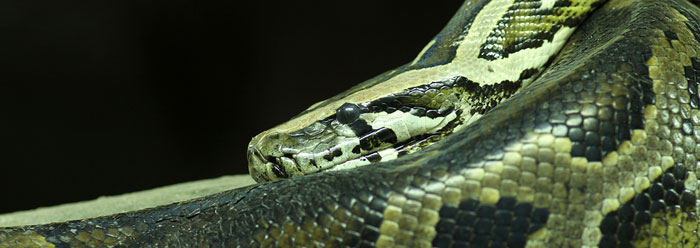Geneticists have enough challenges trying to comprehend the enormously elaborate yet precise ways cells access, copy, alter, interpret, and execute linear-coded genetic information. But now, non-linear genetic information adds a whole new dimension that multiplies the challenge of comprehending a living cell's inner workings.
Sentences written in English present information in a line—content is arranged as words read in one direction—left to right. DNA encodes information much like this, but overlaps it in both directions. Because DNA is a double-stranded molecule—like having one sentence run parallel but in the opposite direction of a complementary sentence—both DNA strands contain information useful to the cell. It's like reading one book upside-down and backwards after having read a parallel book right-side up and forwards.1 Plus, genomic "sentences" are dynamic—cellular machines grab, separate and merge phrases and clauses as needed.
Each of the trillions of human body cells contains six feet of linear DNA strands, if all 46 chromosomes were unpackaged, unwound, and placed end-to-end. Clearly, only an intelligent person could write a library of books onto a material so small as to be utterly invisible. Just as clearly, only a super-intelligence could double the density of that written information by writing what are essentially moldable, modular sentences that can be read in two directions.
Now, human writers may run out of superlatives when trying to explain yet another additional dimension of coded information that researchers described in Nature Genetics: Cellular machines in the nucleus dynamically access DNA according to its three-dimensional layout.2
Tim Mercer works at Sydney's Garvan Institute of Medical Research and led authorship of the study, which analyzed the genome in 3-D. He told the Garvan Institute,
Over the last few years, we've been starting to appreciate just how the folding of the genome helps determine how it's expressed and regulated. Specific genes and even specific exons, [sic] are placed within easy reach by folding…This study provides the first indication that the three-dimensional structure of the genome can influence the splicing of genes.3
Exons are protein-coding segments within genes. Using a long sentence to represent a gene, clauses within that sentence loosely represent exons. Following this illustration, the genome operates like a dynamic library that opens and closes certain books and pages as needed, then even folds individual sentences, presenting specific words and phrases for reading and copying into RNA.4
Those portions that are folded outward—and nobody yet knows how this happens—expose select information to cellular machinery. Inward-folded portions hide information that might be unnecessary at that time.
The suggestion that 3-D DNA arrangements influence the way cells read and interpret genes, including how they access specific exons, befuddles the person who tries to comprehend a cell's innermost detailed workings. But it utterly overwhelms the person who tries to comprehend how cells originated. This powerful evidence strongly suggests divine super-genius construction. "For what god is there in heaven or on earth who can do anything like Your works and Your mighty deeds?" (Deuteronomy 3:24).
References
- Tomkins, J. Bewildering Pseudogene Functions Both Forwards and Backwards. Creation Science Update. Posted on icr.org June 14, 2013, accessed June 25, 2013.
- Mercer, T.R. et al. DNase I–hypersensitive exons colocalize with promoters and distal regulatory elements. Nature Genetics. Published online before print, June 23, 2013.
- The genome's 3-D structure shapes how genes are expressed. Garvan Institute of Medical Research, via EurekAlert. Posted on eurekalert.org June 23, 2013, accessed June 25, 2013.
- Thomas, B. Genomes Have Remarkable 3-D Organization. Creation Science Update. Posted on icr.org November 15, 2010, accessed June 25, 2013.
* Mr. Thomas is Science Writer at the Institute for Creation Research.
Article posted on July 5, 2013.
























